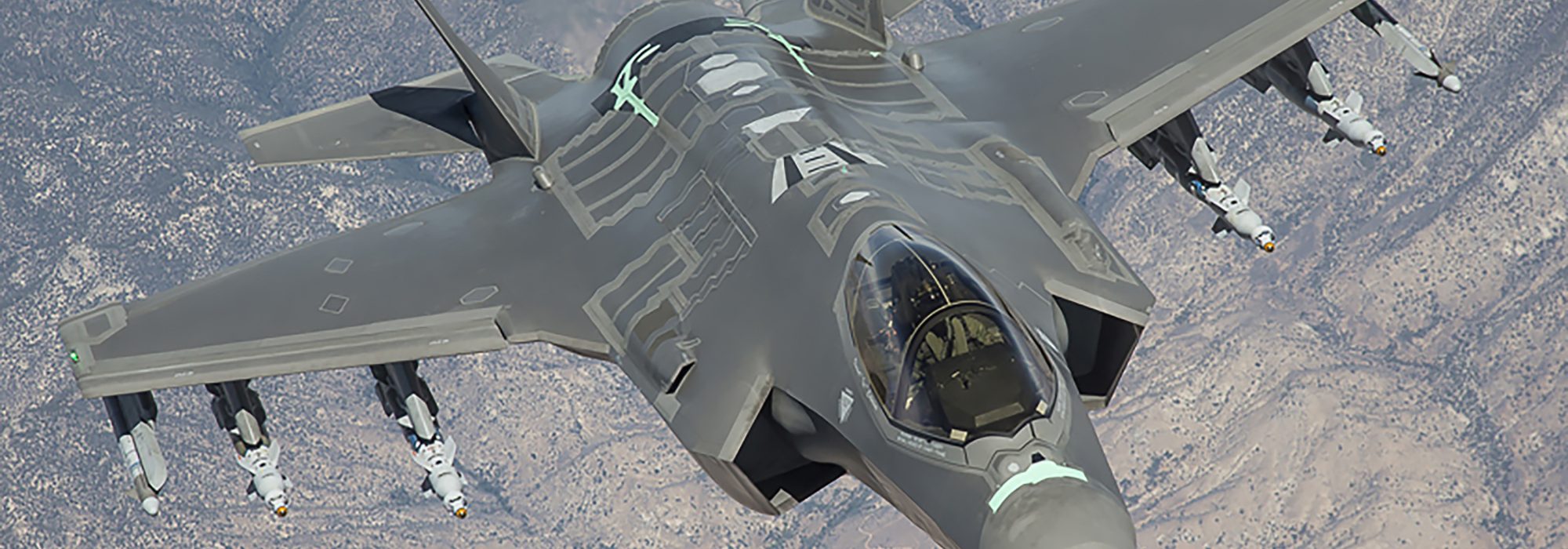The Vanguard
In 1948, an experimental bomber crashed in the Mojave Desert, killing all five crew members. One was 30-year-old Glen Edwards.
Thus ended a brief but significant Air Force career, and Muroc Air Force Base, Calif., was rechristened Edwards Air Force Base in his honor.
That honoree, Glen Walter Edwards, was born in Medicine Hat, Canada, in 1918, to American parents. At 13, he and the family left for California. Bright and highly motivated, Glen took a degree in chemical engineering from University of California, Berkeley in June 1941.
His was not to be the life of a civilian engineer, however.
Pearl Harbor was still six months in the future, but young Edwards quickly joined the Army Air Forces and took flight training at Luke Field, Ariz., where he was commissioned in early 1942.
Edwards won early fame as an A-20 light bomber commander in North Africa, where he led his squadron on risky, low-level attacks on tanks, convoys, and troops of Rommel’s Afrika Korps.
Fifty combat missions later, he returned to the States in 1943 bearing four Distinguished Flying Crosses and six Air Medals.
Unbeknownst to Edwards, though, his combat career was over. An equally important one—military test pilot—was just beginning.
Edwards was sent to Flight Test Division at Wright Field, Ohio, and was among the first to graduate from Flight Performance School (now Air Force Test Pilot School). He spent much of his time at Muroc Army Air Field, Calif., on the Mojave, flying highly experimental aircraft such as the XB-42 and XB-46 prototypes.
In late 1945, he flew the XB-42 cross-country at an average speed of 433.6 mph, setting a new transcontinental record.
The highly regarded Edwards nearly became project pilot for the Bell X-1 bid to exceed the sound barrier. When that job went to Capt. Chuck Yeager, Edwards instead was sent to Princeton, where he took cutting-edge courses in aerodynamics and control.
Armed with that knowledge, he joined a vanguard of select USAF pilot-engineers blazing the way to advanced air and space flight.
Edwards soon began testing experimental “flying wings,” aircraft, devoid of conventional fuselage and tail. These included Northrop’s piston-engine-driven XB-35 and YB-35.
In May 1948, Edwards joined a Muroc team evaluating the Northrop YB-49, a jet-propelled flying wing. He was not impressed, finding it “quite uncontrollable at times.”
On June 5, 1948, Edwards and four others took off in the YB-49. Maj. Daniel Forbes was pilot, Edwards was co-pilot. For reasons still unknown, the futuristic jet broke apart in the sky and crashed to Earth not far from Muroc. There were no survivors.
The California base has been the scene of many advances in flight. On Oct. 14, 1947, Yeager broke the sound barrier in the X-1 aircraft. The landing of the first Space Shuttle took place there in 1981. Virtually all of America’s early jets—both Air Force and Navy—were tested there, as have all advanced aircraft in years since. It is home of Hq. Air Force Test Center, U.S. Air Force Test Pilot School, and 412th Test Wing.

Glen Walter Edwards
- Born: March 5, 1918, Medicine Hat, Alberta, Canada
- Died: June 5, 1948, near Mojave, Calif.
- Citizenship: U.S. and Canada (dual)
- Colleges: UC Berkeley, Princeton University
- Occupation: Engineer, U.S. military officer
- Services: U.S. Army Air Forces, U.S. Air Force
- Main Eras: World War II, Postwar
- Years Active: 1941-48
- Combat: North Africa Theater 1942-43
- Final Grade: Captain
- Honors: Distinguished Flying Cross (4); Air Medal (6); Aerospace Walk of Honor (posthumously inducted)
- Resting Place: Lincoln Cemetery, Calif.

Edwards Air Force Base
- State: California
- Nearest City: Rosamond
- Area: 407.3 sq mi / 301,000 acres
- Status: Open, operational
- Opened as Muroc Bomb and Gunnery Range: September 1933
- Renamed Muroc Army Air Field: July 1942
- Renamed Muroc Air Force Base: September 1947
- Renamed Edwards Air Force Base: December 1949
- Current owner: Air Force Materiel Command
- Former owners: Army IX Corps Area, GHQAF, AAC Southwest Air District, AAC Fourth Air Force, AAF Materiel and Services Command, AAF Technical Service Command, AAF Continental Air Forces, AAF Air Technical Service Command, USAF Air Materiel Command, USAF Air Research and Development Command, USAF Air Force Systems Command
